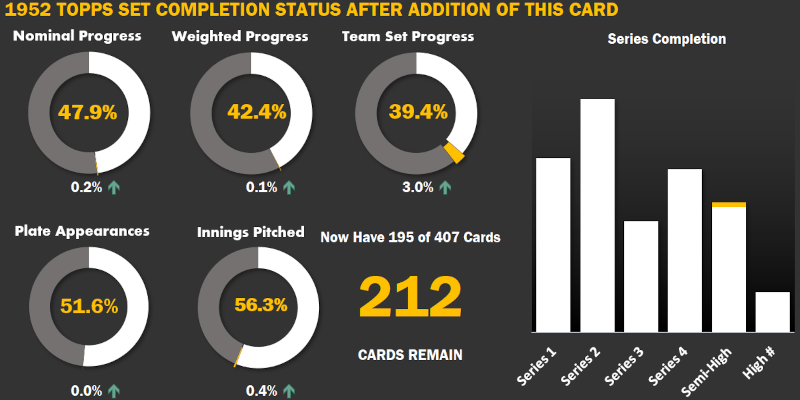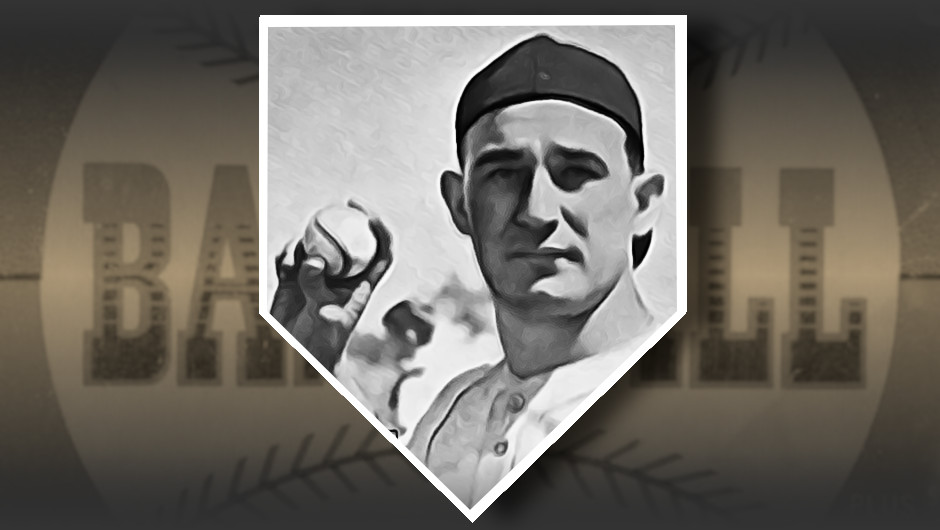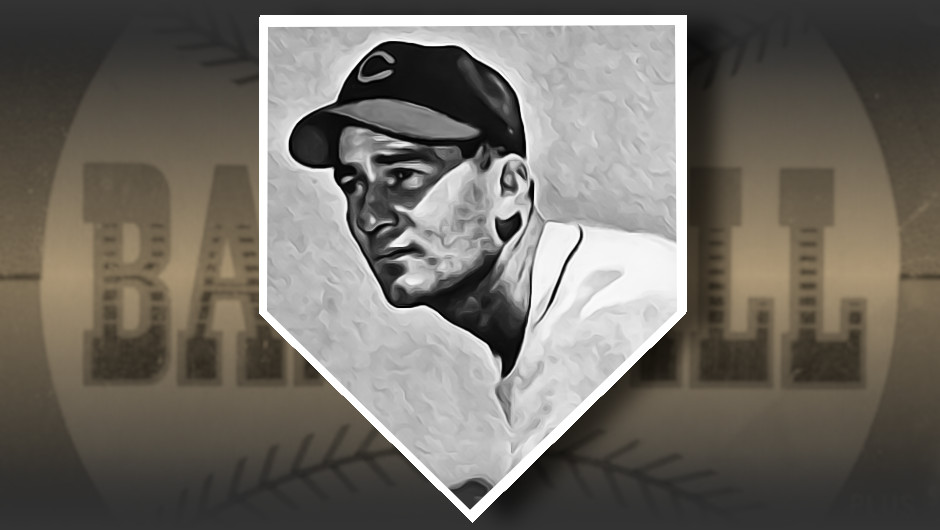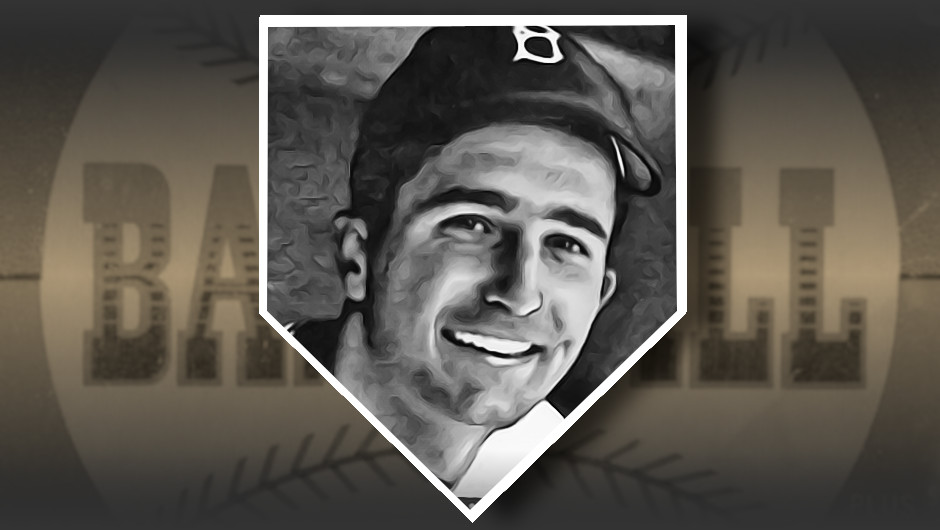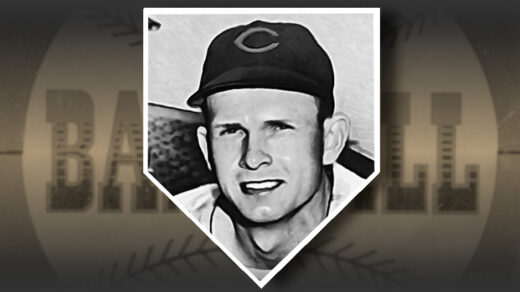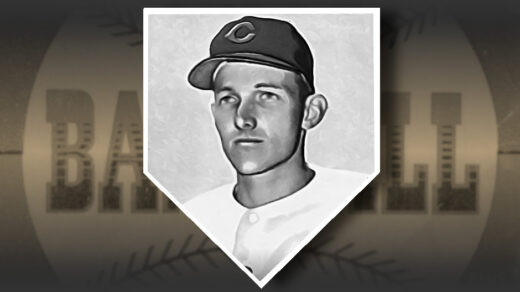There are a great deal of ballplayers who assembled respectable pitching careers after starting their professional baseball journey playing any one of the other eight positions. Tim Wakefield was an infielder in the Pirates’ minor league system before throwing his first pro-knuckleball. Another infielder, Bob Lemon, rode his pitching skillset all the way from being a late game substitute fielder into the Hall of Fame.
Erv Palica had grown up as a pitcher and saw himself as such when scouts for the Brooklyn Dodgers recommended he be signed by the team. General Manager Branch Rickey had other ideas and instructed staff to immediately mold the pitcher into a shortstop. Palica’s resulting minor league transformation did not work well, with all but Rickey clearly seeing no future in the move. He switched back to the mound and was promptly promoted to the majors.
Palica only appeared in two games in his debut 1945 season, entering contests not as a pitcher but as a pinch runner. He got another cup of coffee in 1947, pitching in three games before becoming the team’s go-to reliever two years later. In this role he performed serviceably, putting up somewhat average numbers while not showing a ton weakness. Brooklyn management, many of which were involved with the failed shortstop experiment, never seemed to gel with their decent-performing pitcher and essentially banished him to the unused sections of the bullpen bench for much of his remaining time with the club.
Palica got a new opportunity when he was traded to the Baltimore Orioles. Baltimore immediately converted him to the role of starting pitcher. Despite playing 8 of his 10 career seasons with Brooklyn, Palica racked up almost half of his career starts with Baltimore. He returned to the minor leagues in 1957 and continued unsuccessfully for several years to try and earn his way back to the parent club.
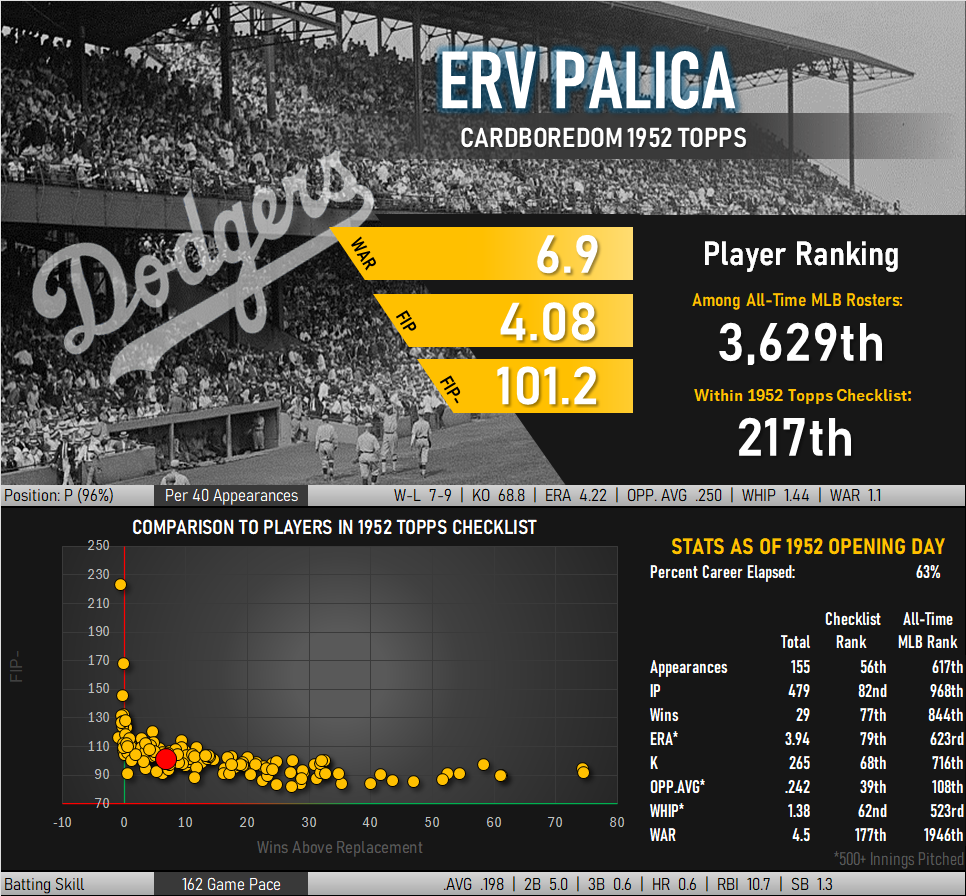
A 1952 Topps Card of a Non-1952 Player
Palica’s card appears in the middle of the somewhat difficult to find fifth series of the ’52 Topps checklist. The choice of including him is interesting, as it was well known that military service would keep him off the mound for Brooklyn for the entirety of the season. The previous year had seen him get into only 19 games, a relatively low number for a reliever. A public dressing down and threat to never use his services again from manager Chuck Dressen only made his spot on the roster more tenuous. Despite the headwinds, he was able to return to the team under the auspices of Dressen’s replacement. Topps was a bit more cautious after its 1952 gamble on the Dodger pitcher, not including him in another release until 1956.
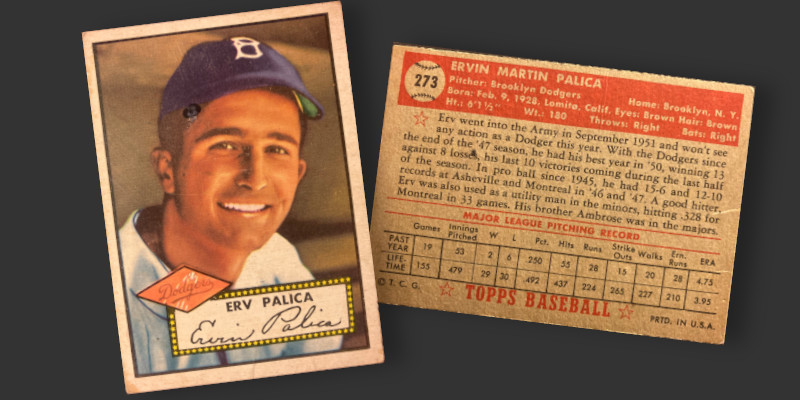
My card has been (rather poorly) touched up with a black marker. A spot of paper loss or perhaps a prematurely gray hair on Palica’s right temple has been darkened. The card has corners and centering commensurate with a grade of “Very Good.” There are a good number of very small, light creases along the border regions on the back of the card. I have seen this exact damage patter before in the form of each one of my wallet cards. I would bet a previous owner tucker this card into a back pocket on several occasions.
Technically not the best, the card still serves its role without complaint in my set building project. It does this while managing to come out ahead of a good number of flashier cards in the checklist. Sort of like Erv himself.
